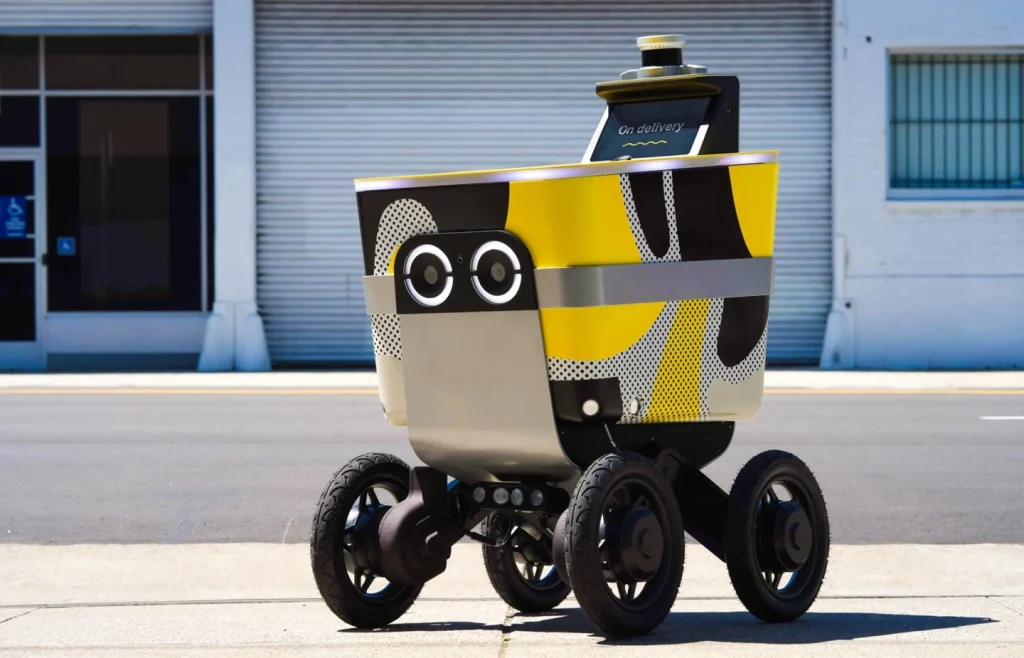In a move set to transform the constantly-evolving food delivery industry, Uber Eats and Serve Robotics have officially announced their plans to introduce robot food delivery services in major cities across the United States starting in 2026. This joint venture aims to revolutionize the way meals are delivered to customers, providing an automated, seamless and efficient experience.
The robots can go 40 kilometres on a single charge
Serve Robotics, an independent company that broke off from Uber’s business, has developed a four-wheeled robot powered by advanced AI technology for precise path planning. With a remarkable battery life of approximately 40 kilometres, these robots can transport packages weighing up to 23 kilograms, effectively catering to a wide range of delivery needs. Each robot is capable of managing multiple orders daily, ensuring swift and reliable service.

Uber has pledged its commitment to achieving a zero-carbon emission delivery platform by 2040, and the integration of robot deliveries plays a pivotal role in this mission. As part of the service, Uber Eats customers will soon have the option to choose robot delivery for their meals. Once the robot reaches the specified destination, the customer can securely retrieve their order by entering a password, ensuring a seamless and safe experience.
Field testing of robot food delivery services has already commenced in California, marking a significant milestone in the journey toward a fully automated delivery system. Building on this success, Uber plans to expand its partnership with Serve Robotics to include additional cities in 2026. San Jose, California, Dallas, Texas, and Vancouver, Canada are among the locations expected to witness the deployment of up to 2,000 delivery robots.
While the introduction of robot food delivery services holds great promise, there are several potential challenges that these robots may face in urban environments. One significant issue is navigating complex city streets and crowded sidewalks. The robots need to safely maneuver through various obstacles such as pedestrians, cyclists, and vehicles, while adhering to traffic rules. Additionally, they must accurately identify and reach specific delivery locations, which can be challenging in densely populated areas with high-rise buildings and intricate addresses. Moreover, there is the concern of potential theft or vandalism of the robots and their cargo, which may require robust security measures.
RELATED:
- Pony.ai launches its Robotaxi service in Guangzhou without a safety driver and support for remote assistance
- Sharp’s Robotic Phone will create your own exclusive stories with the help of ChatGPT
- Best Controllers for Fighter Games
(Via)







